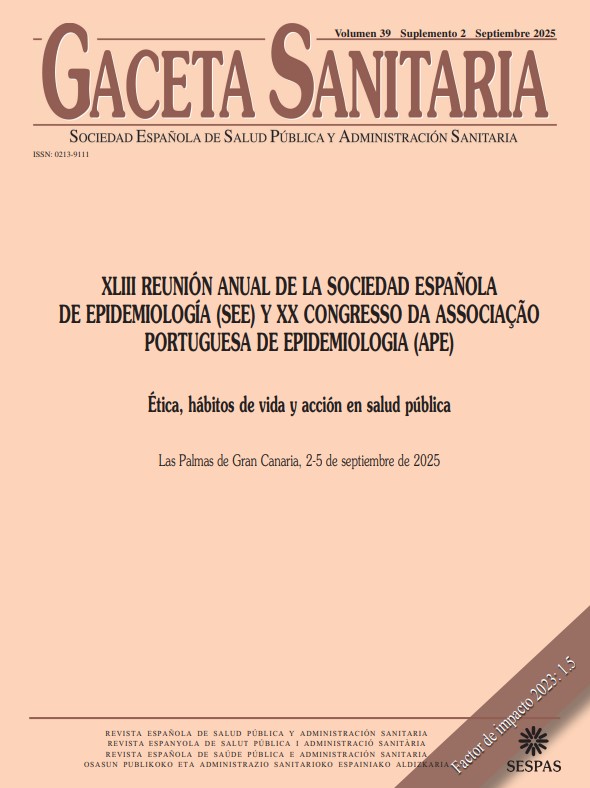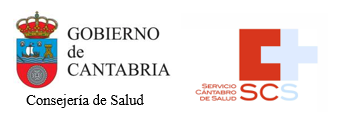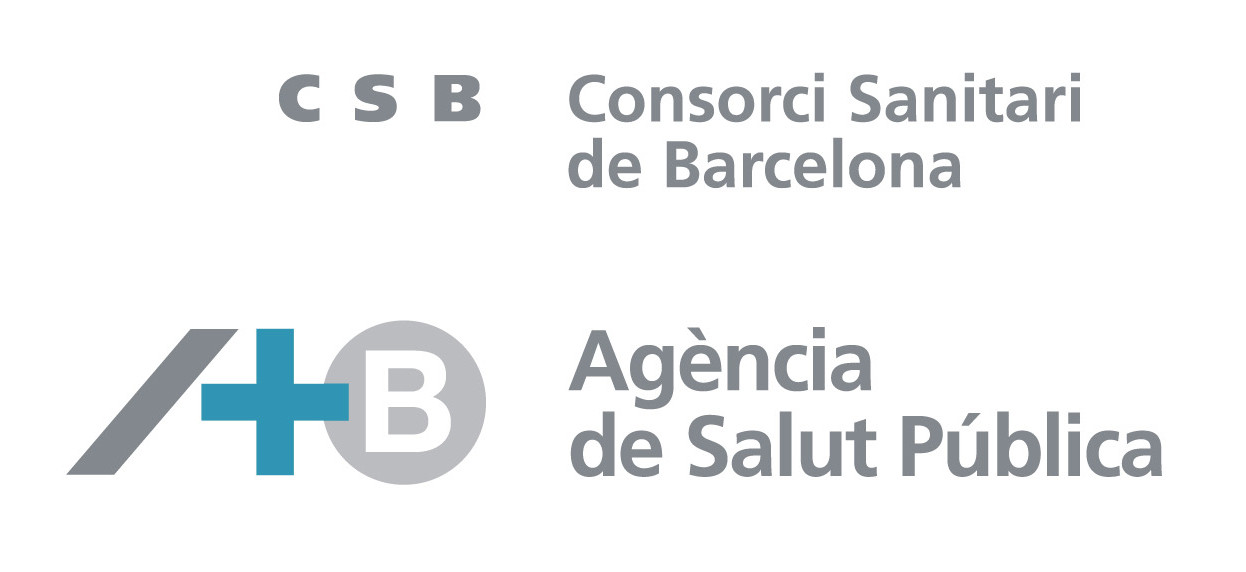965 - ENVIRONMENTAL INEQUITY AND CANCER PROGNOSIS: AN URBAN EXPOSOME COHORT STUDY
ISGlobal; Universitat Autònoma de Barcelona; Universitat Pompeu Fabra; CIBER Epidemiología y Salud Pública (CIBERESP); Instituto Municipal de Investigación Médica (IMIM-Hospital del Mar).
Background/Objectives: Existing research highlights the health benefits of green spaces and neighbourhood walkability and the adverse effects of urban-related hazards such as air pollution, noise, heat, and artificial light at night (ALAN). While some of these factors have been linked to cancer risk and prognosis there is limited evidence on how these exposures interact with socioeconomic inequities. Objectives: To study the impact of socioeconomic factors in shaping survival disparities for breast, colorectal, lung, cervix, ovarium and prostate cancer cancers. To investigate the impact of the urban exposome (air pollution, noise, heat, ALAN, green and blue spaces, and neighbourhood walkability) on cancer survival, with an emphasis on identifying differential effects across socioeconomic groups.
Methods: A total of 14,761 participants with incident confirmed diagnoses of breast, colorectal, lung, cervix, ovarium and prostate cancer between 2005-2020 have been recruited from Hospital del Mar (Barcelona). Participants have been followed up through hospital records. Data collection have focused on clinical variables (e.g., TNM staging) and an expanded set of socioeconomic and social determinants of health. We have collected data on: (i) Individual-Level Socioeconomic Position (SEP) (ethnicity, housing characteristics and access to healthcare); (ii) Neighbourhood-Level SEP (neighbourhood deprivation and inequality indices, green spaces, urban infrastructure and exposure to environmental stressors - air, noise, pollution, heat, green and blue spaces, walkability areas and ALAN usig geocoded data; and (iii) Structural Inequities (discrimination, barriers to healthcare access, and social exclusion).
Results: The following cancer cases have been founded in this cohort: 3,990 breast, 3,072 colon, 1,099 rectus, 3,048 lung, 1,141 cervix, 394 ovarium and 2,017 prostate cancer cases. A trend of increased cancer survival has been observed in those regions with lower rates of inequality in terms of urban exposome.
Conclusions/Recommendations: A trend toward increased survival rates for people with described cancers has been observed in areas with lower rates of environmental inequality.















